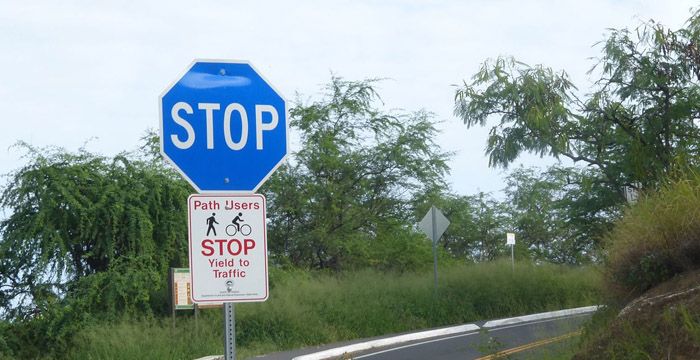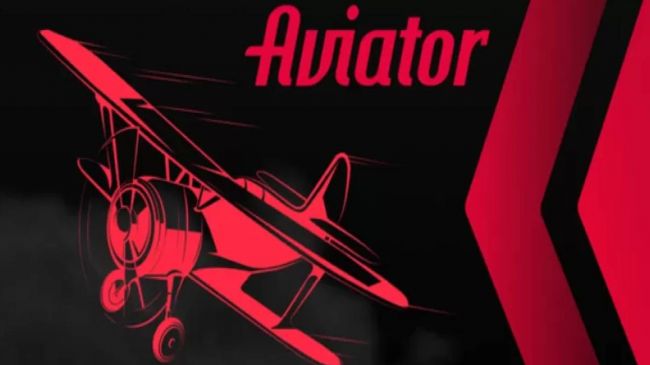Road signs are the silent guardians of our daily commute. While most drivers are familiar with the classic red stop sign, spotting a blue stop sign can be perplexing. But road safety goes far beyond just stop signs, it’s about understanding every sign you encounter. This guide will help you decode the meaning of blue stop signs and, more importantly, equip you with practical knowledge about all the essential road signs that keep you and others safe.

The Mystery of Blue Stop Signs
A blue stop sign is a rare sight, but it carries a clear message: stop. In the United States, these are often found on private property, ranches, resorts, college campuses, or gated communities, where official red stop signs aren’t allowed. The color may be different, but the meaning is the same: come to a complete stop before proceeding.
Internationally, blue stop signs can signal restricted or no-entry zones in countries like Japan, South Korea, and Mexico. Always pay attention to local signage rules when traveling, as meanings can vary.
Types of Road Signs
Road signs are categorized based on their purpose and design. Knowing these categories helps you react quickly and safely to any situation on the road.
1. Mandatory (Regulatory) Signs

- Purpose: Give orders that must be followed.
- Appearance: Circular, white background with a red border.
- Examples: Stop, Give Way, No Entry, No U-Turn, Speed Limit, No Parking, Horn Prohibited.
- Why they matter: Ignoring these signs can lead to fines or accidents. They are legally binding and are strictly enforced.
2. Cautionary (Warning) Signs
- Purpose: Alert drivers to potential hazards ahead.
- Appearance: Triangular, red border.
- Examples: Sharp Bend, Hairpin Bend, Narrow Bridge, Slippery Road, Steep Descent/Ascent, Pedestrian Crossing, School Ahead, Men at Work, Cattle Crossing.
- Why they matter: These signs give you advance notice to slow down and prepare for possible dangers, helping prevent accidents.

3. Informatory (Instruction) Signs
- Purpose: Provide useful information and guidance.
- Appearance: Blue or green rectangles or squares.
- Examples: Petrol Pump, Hospital, Parking, First Aid, Rest Area.
- Why they matter: They help you find essential services and navigate unfamiliar areas with ease.
4. Guide Signs
- Purpose: Offer navigational assistance, especially on highways and long routes.
- Appearance: Usually blue or green, rectangular.
- Examples: Route Markers, Destination Signs, Mileposts, Toll Booth Signs.
- Why they matter: They help you stay on track and avoid getting lost, making long journeys smoother.

5. Auxiliary Signs
- Purpose: Supplement the main signs with additional information or warnings.
- Appearance: Often smaller, placed below the main signs.
- Examples: Detours, Road Closure, Men at Work.
- Why they matter: They provide extra context, such as temporary changes due to roadwork or special events.
Road Markings: The Silent Guides
Road markings are just as important as signs. They include:
- Center Lines: Broken white lines dividing the road for opposing traffic. Cross only when safe.
- Solid Lines: Do not cross or overtake.
- Stop Lines: Stop before these at intersections when the light is red.
- Zebra Crossings: Thick black and white stripes for pedestrian crossings—always stop before these.
- Box Junctions: Yellow crossed lines—do not stop inside these boxes.
Why Understanding Road Signs Is Crucial
- Prevent Accidents: Recognizing and obeying signs reduces the risk of collisions and keeps everyone safe.
- Smooth Traffic Flow: Signs help manage traffic, especially at busy intersections and roundabouts.
- Legal Compliance: Ignoring signs can result in fines or penalties, especially under strict new traffic laws.
- Help for New Drivers: Clear signage is essential for learners and those driving in unfamiliar areas.
Practical Tips for Drivers
- Stay Alert: Always keep an eye out for signs and markings, especially at intersections and crosswalks.
- Obey All Signs: Treat every sign with respect, whether it’s mandatory, cautionary, or informatory.
- Adjust Speed: Slow down when you see warning signs for hazards like schools, pedestrian crossings, or slippery roads.
- Follow Signals: At traffic lights, stop on red, get ready on yellow, and proceed on green.
- Use Indicators: Signal your intentions when turning or changing lanes.
Conclusion
Blue stop signs are just one piece of the larger road safety puzzle. By understanding the full range of road signs, mandatory, cautionary, informatory, guide, and auxiliary, you become a more responsible and confident driver. Remember, every sign is there for a reason: to protect you, your passengers, and everyone sharing the road. Stay informed, stay alert, and drive safely.
Post Comment
Be the first to post comment!





